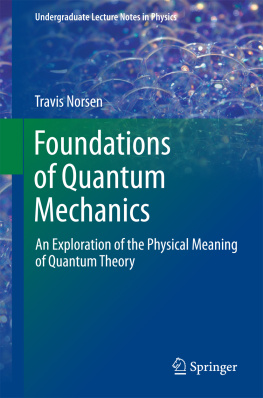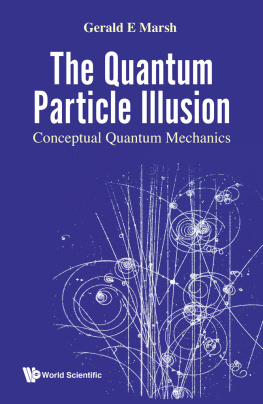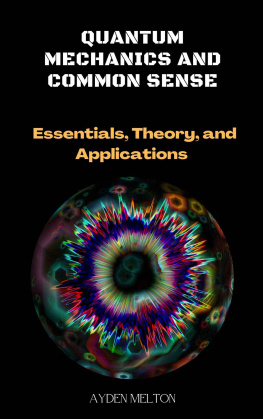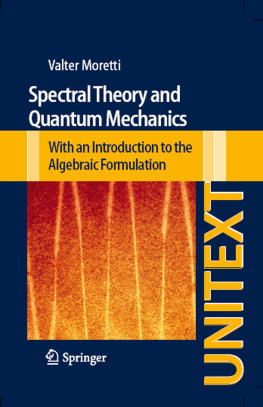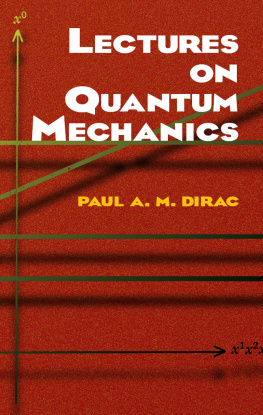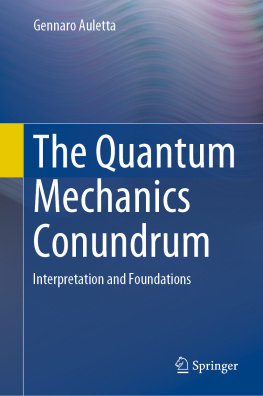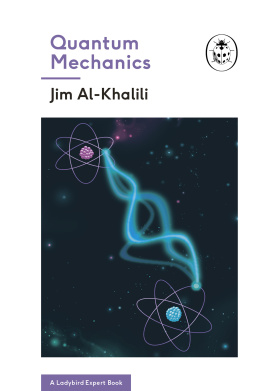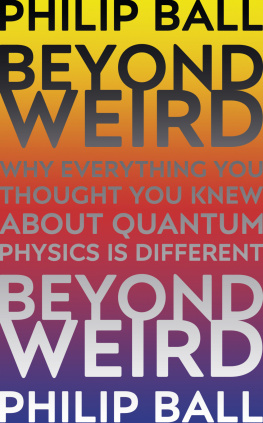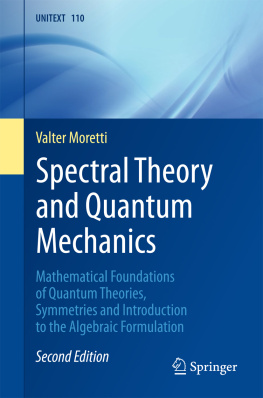Travis Norsen - Foundations of Quantum Mechanics
Here you can read online Travis Norsen - Foundations of Quantum Mechanics full text of the book (entire story) in english for free. Download pdf and epub, get meaning, cover and reviews about this ebook. year: 0, publisher: Springer International Publishing, Cham, genre: Romance novel. Description of the work, (preface) as well as reviews are available. Best literature library LitArk.com created for fans of good reading and offers a wide selection of genres:
Romance novel
Science fiction
Adventure
Detective
Science
History
Home and family
Prose
Art
Politics
Computer
Non-fiction
Religion
Business
Children
Humor
Choose a favorite category and find really read worthwhile books. Enjoy immersion in the world of imagination, feel the emotions of the characters or learn something new for yourself, make an fascinating discovery.
- Book:Foundations of Quantum Mechanics
- Author:
- Publisher:Springer International Publishing, Cham
- Genre:
- Year:0
- Rating:3 / 5
- Favourites:Add to favourites
- Your mark:
- 60
- 1
- 2
- 3
- 4
- 5
Foundations of Quantum Mechanics: summary, description and annotation
We offer to read an annotation, description, summary or preface (depends on what the author of the book "Foundations of Quantum Mechanics" wrote himself). If you haven't found the necessary information about the book — write in the comments, we will try to find it.
Foundations of Quantum Mechanics — read online for free the complete book (whole text) full work
Below is the text of the book, divided by pages. System saving the place of the last page read, allows you to conveniently read the book "Foundations of Quantum Mechanics" online for free, without having to search again every time where you left off. Put a bookmark, and you can go to the page where you finished reading at any time.
Font size:
Interval:
Bookmark:
 located at position
located at position  , by another particle of mass
, by another particle of mass  located at position
located at position  , is given by
, is given by 
 is just the distance between the two particles and
is just the distance between the two particles and 
 back toward
back toward  . The gravitational force between two elementary particles, that is, is proportional to the product of the masses of the particles, inversely proportional to the square of the distance between them, and is directed back toward the particle exerting the force. The proportionality constant, G , which we now call Newtons constant, was first measured by Cavendish about a century after Newton.
. The gravitational force between two elementary particles, that is, is proportional to the product of the masses of the particles, inversely proportional to the square of the distance between them, and is directed back toward the particle exerting the force. The proportionality constant, G , which we now call Newtons constant, was first measured by Cavendish about a century after Newton. particle is then
particle is then 


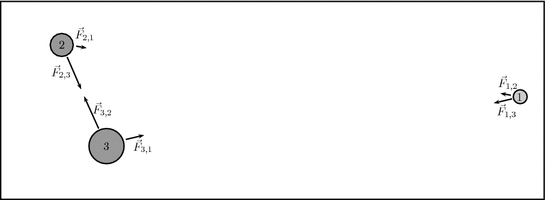
Font size:
Interval:
Bookmark:
Similar books «Foundations of Quantum Mechanics»
Look at similar books to Foundations of Quantum Mechanics. We have selected literature similar in name and meaning in the hope of providing readers with more options to find new, interesting, not yet read works.
Discussion, reviews of the book Foundations of Quantum Mechanics and just readers' own opinions. Leave your comments, write what you think about the work, its meaning or the main characters. Specify what exactly you liked and what you didn't like, and why you think so.

